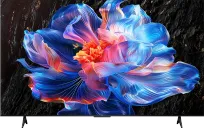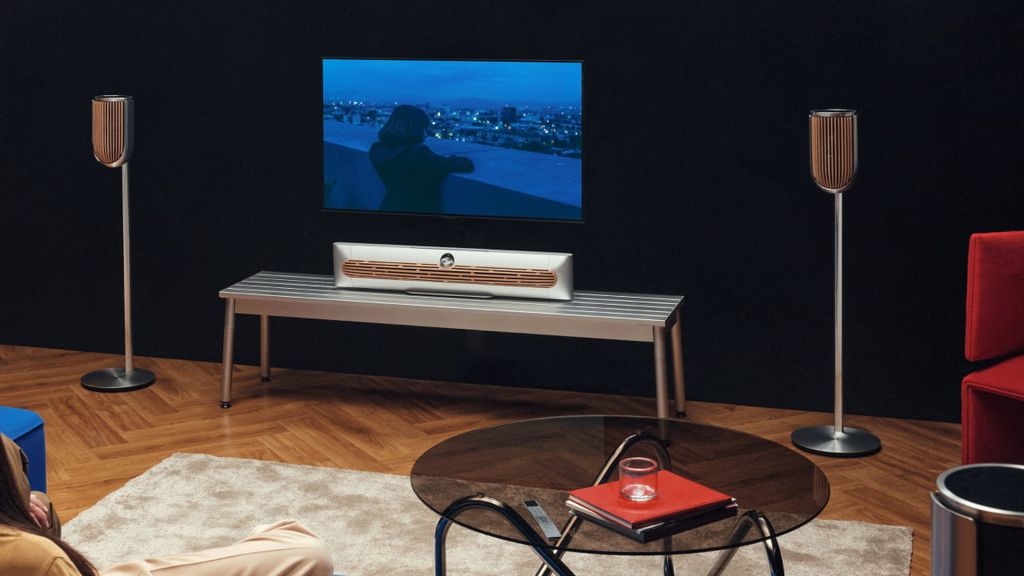
The next step in the evolution of displays is approaching. Although the first affordable RGB LED-backlit LCD TVs will not debut until 2026, an even more promising technology is on the horizon – perovskite quantum dots, referred to as the third generation (3rd-gen QD).
According to the latest reports, P-QD may provide coverage of over 95% of the Rec.2020 colour gamut, coming close to the ideal defined by contemporary HDR standards such as HDR10+ and Dolby Vision. This is a significant advancement compared to current solutions.
From Cadmium to Perovskites
The first quantum dots used cadmium, which over time has been banned in many countries due to its toxicity. Today's second-generation dots, based on indium, achieve an average of 70–75% of the Rec.2020 colour gamut – as seen in the tests of “QLEDs” and miniLED televisions published by FlatpanelsHD.
Perovskite QDs, however, are set to surpass this threshold. If manufacturers' promises hold true, the colours in LCD and QD-OLED televisions may finally match – or even exceed – the current RGB LED and QD-OLED models, which typically achieve 85–90% of Rec.2020. In practice, this means more saturated reds, deeper greens, and an even more realistic image in films, games, and series in HDR format.
TCL, Samsung and Chinese laboratories in the race for pure colours
According to industry gossip, TCL may be the first to introduce P-QD to consumer televisions. The flagship model TCL X11L, set to debut in 2026, is expected to use the so-called Super Quantum Dot – a solution that the company claims approaches 100% Rec.2020. Interestingly, TCL positions this model higher than its first RGB LED LCD, suggesting that the new technology may offer better colours with lower energy consumption.
The Chinese giant has been collaborating in this area with Zhijing Nanotech since at least 2020. Meanwhile, Samsung is conducting its own research into perovskites, and the Korean company SN Display has already received a CES 2026 Innovation Award for a colour-converting film based on perovskite nanocrystals.
As explained by the organisers of the trade show, the Consumer Technology Association (CTA):
“Our colour conversion film based on perovskite nanocrystals achieves over 95% coverage of Rec.2020 – compared to around 76% in current QD technologies. This is a breakthrough that allows for thinner panels, lower energy consumption, and more vibrant, natural colours.”
When will we see perovskites in televisions?
Although the first consumer products featuring this technology will likely emerge by the end of the decade, progress is evident. If manufacturers can master the issue of colour stability (which has so far been the biggest challenge for P-QD), perovskite quantum dots could become the next significant leap after OLEDs and miniLEDs. Everything indicates that the race for “pure colour” is just beginning – and the P-QD technology may finally make Rec.2020 from the specification table a reality in our living rooms.
 Katarzyna Petru
Katarzyna Petru












